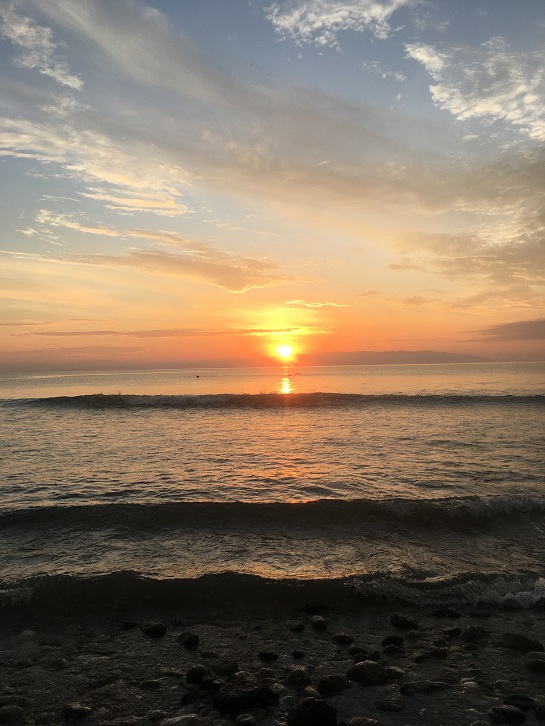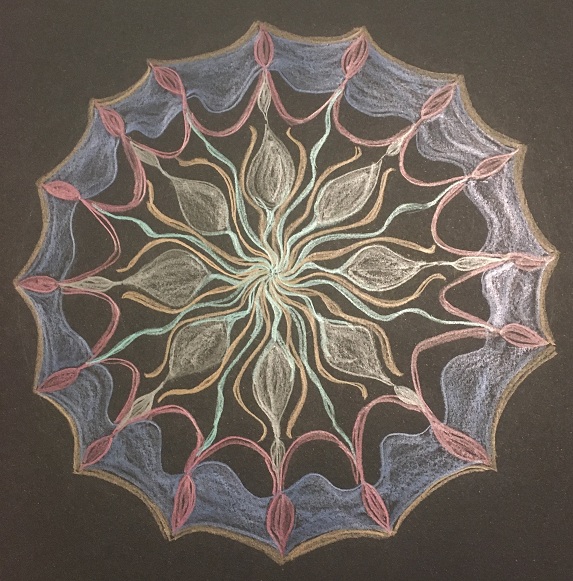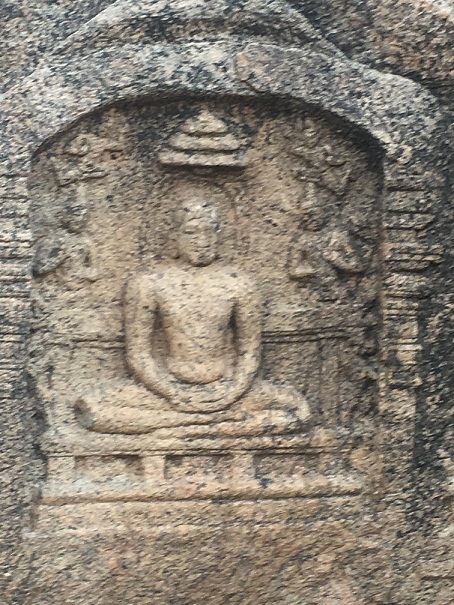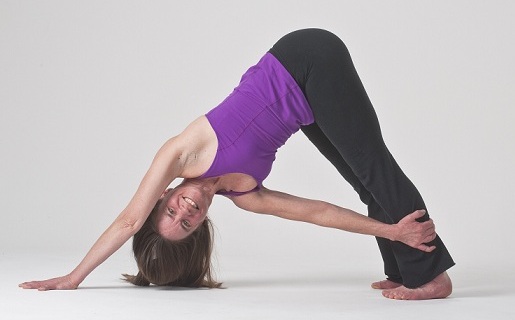This morning I put on NPR an hour before I had to teach. The newscaster described two mass shootings in the last 24 hours, and then said something like “this is morning in America.”
Again, I try to make sense of it. Trying to make sense of what is truly senseless. And yet again I come back to disconnection. A lack of connection. A person who has become so disconnected from his own heart that he could perpetuate such violence on others. It isn’t an anomaly; it has been the human situation forever. (And I must point out: what IS an anomaly is the easy access to weapons of war).
I find I can make some sense of it from how the teachings of yoga explain the process of disconnection. As humans we all emerge from the great ocean of consciousness. We are created as finite beings from the infinite. As we become finite we forget the infinity from which we came. We take on bodies of a particular form, with particular proclivities. We separate from the ocean and become individual life waves.
And what we see from that perspective is separateness and differentiation.
And that can become our focus. Instead of seeking connection, we focus on our differences.
Difference is a natural consequence of our manifestation. It is tricky, because at the surface, differences do make a difference – in ways that are both delightful, and problematic. Delightful are those differences where we appreciate other perspectives, ways of being, cultures. Problematic are differences when we elevate some beings and oppress others. And of course, there are some “different” behaviors that we must work to protect ourselves against when they are truly harmful, like perpetrating violence against other beings unnecessarily.
But I came to the conclusion long ago that ultimately the means to address these problems is to penetrate into people’s hearts, so that they experience the connection. We must recognize we are all from the same source, that we are connected to all beings, not just our family, our race, or our nation.
This is exactly why I quit my trajectory of becoming a social psychologist studying prejudice, and became a teacher of yoga and meditation. I sensed the need to work on these deeper levels. But we MUST work on ALL levels simultaneously. We must be active socially and politically. And ultimately that will come easier to the extent we can each connect to the underlying heart, and help create a society in which that is a societal norm. This is my hope and prayer today.











